BLOG
- Home
- Blog
- Plastic Polymer Composite Article
- What temperature can PP plastic withstand?
What temperature can PP plastic withstand?
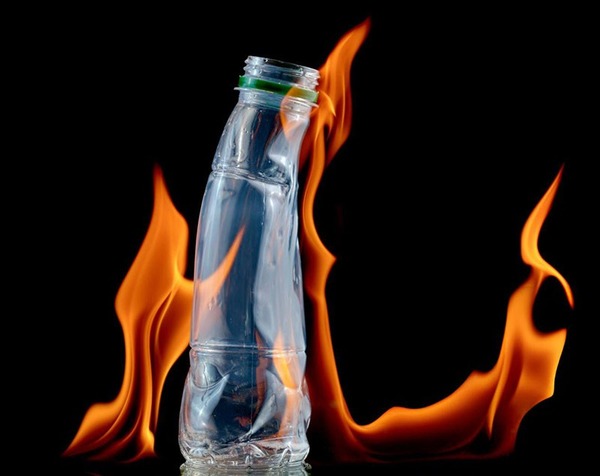
“Is PP plastic heat resistant? How much heat can PP plastic withstand?” — these are common questions many manufacturers and users have when choosing materials for production, processing, or daily use.In the article below, VNapex will help you understand in detail the heat resistance of PP plastic and provide useful insights to help you choose and use PP plastic effectively and safely.
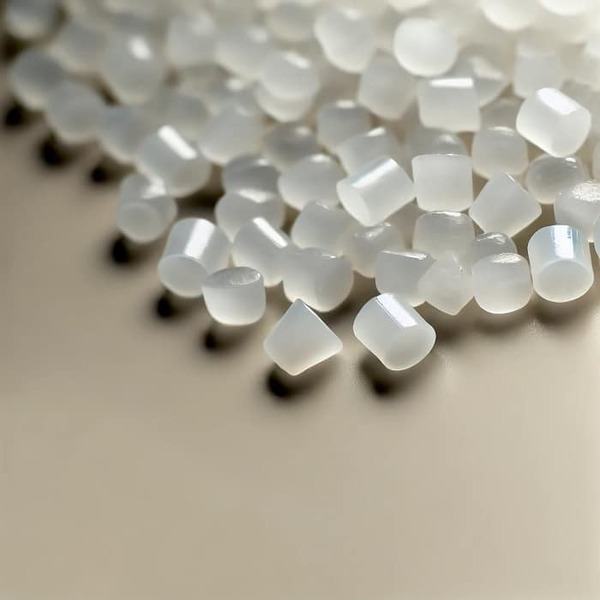
PP plastic withstands high temperatures better than ordinary plastic.
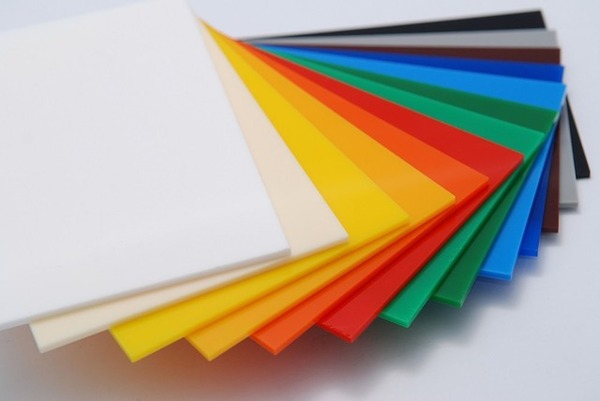
The heat resistance of PP plastic depends on the material thickness.
Read more>>
What is Filler Masterbatch? How is it used?
What is Plastic Filler? Classification and Applications
In summary, PP plastic has better heat resistance than PE, PVC, and ABS, but it is still lower than Teflon — a specialized type of high-temperature-resistant plastic.
The thermal resistance and stability of PP plastic are closely related to its internal chemical structure and surrounding environmental conditions. These factors can reduce its heat resistance or accelerate the aging process of the material.

PP plastic deforms when exposed to temperatures that exceed the permissible limit.
Manufacturing heat-resistant household products
PP plastic is widely used in the production of household items, including: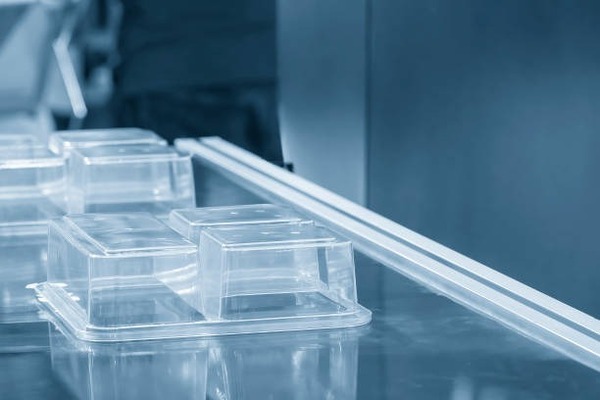
Nhựa PP được dùng để sản xuất hộp đựng thức ăn chịu nhiệt
How much heat can PP plastic withstand?
PP plastic (Polypropylene) is one of the types of plastic that has relatively good heat resistance compared to many other common plastic materials. Specifically:- Melting point: PP plastic has a melting temperature ranging from 170 to 200°C, allowing the material to maintain a stable shape when exposed to high heat.
- Short-term heat resistance: PP can withstand temperatures up to 170°C for a short period without significant deformation or damage.
- Long-term heat resistance: For prolonged applications, the ideal temperature should stay below 130°C. Continuous exposure to higher heat may cause the material to soften, lose its mechanical strength, or become deformed.

PP plastic withstands high temperatures better than ordinary plastic.
Factors Affecting the Heat Resistance of PP Plastic
In fact, the heat resistance of PP plastic depends on various technical and environmental factors. Below are the three most important factors to consider:Material thickness
Material thickness plays an important role in determining the heat resistance of PP plastic products.In general, thicker products can withstand higher temperatures better thanks to their solid structure and ability to maintain shape stability when exposed to heat.In contrast, thinner products are more likely to deform or lose their mechanical properties when exposed to high temperatures for an extended period.
The heat resistance of PP plastic depends on the material thickness.
Type of PP plastic
PP plastic does not exist in just one single form — it comes in various types with different formulas and properties. For example, high-density PP or PP reinforced with glass fibers and specialized additives offers much better heat resistance compared to regular PP. Choosing the right type of PP material is crucial to ensure that the product achieves the desired heat tolerance, especially in applications that require high thermal durability.Environmental conditions
The heat resistance of PP plastic is also affected by external factors such as high humidity, strong pressure, and the presence of corrosive substances in the environment. In particular, in humid conditions or environments containing chemical compounds, PP plastic tends to age more quickly, leading to reduced performance and lower heat resistance compared to when it is used in dry and stable environments.Read more>>
What is Filler Masterbatch? How is it used?
What is Plastic Filler? Classification and Applications
Comparison of the Heat Resistance of PP plastic with other Types of Plastics
Compared to other types of plastics, how much heat can PP withstand? Below is a detailed comparison table:| Type of Plastic | Long-term Operating Temperature | Short-term Operating Temperature |
| PP | 100-130ºC | 170ºC |
| Nhựa PE | 80-90ºC | 120-130ºC |
| Nhựa PVC | 70-90ºC | 105ºC |
| ABS | 80-90ºC | 100ºC |
| Teflon (PTFE) | 260ºC | 300-360ºC |
The Reaction Principle of PP Plastic to Temperature
PP plastic reacts to temperature changes through structural transformations within its polymer chains. As the temperature increases, thermal energy weakens the molecular bonds between the polymer chains, causing the material to become softer and more flexible, making it easier to deform under mechanical stress. If the temperature continues to exceed the material’s tolerance limit, PP plastic may begin to melt and lose its original shape completely.The thermal resistance and stability of PP plastic are closely related to its internal chemical structure and surrounding environmental conditions. These factors can reduce its heat resistance or accelerate the aging process of the material.

PP plastic deforms when exposed to temperatures that exceed the permissible limit.
Applications of PP Plastic Based on its Heat Resistance
Besides the question of how much heat PP plastic can withstand, its applications are also a major point of interest. Below are some of the most common applications of PP plastic in modern life.Manufacturing heat-resistant household products
PP plastic is widely used in the production of household items, including:
- Baby bottles: PP plastic is a popular choice for manufacturing baby bottles thanks to its high heat resistance and safety for infants. PP bottles can withstand high temperatures during sterilization without deforming or releasing harmful substances.
- Food containers: Due to its excellent heat resistance, PP food containers can be safely used in microwaves and dishwashers without warping or leaching harmful chemicals into the food. This ensures user safety, convenience, and durability in everyday use.

Nhựa PP được dùng để sản xuất hộp đựng thức ăn chịu nhiệt
Automotive and Electronics Industries
In the manufacturing of electronic and automotive components, PP plastic is widely used in the following applications:
Beyond the above uses, PP plastic is also a popular material in the production of children’s toys, such as toy cars and multi-piece building sets. Toys made from PP plastic are highly durable, resistant to breakage, and completely safe for children since they are free from harmful substances. Additionally, PP’s heat resistance allows these toys to retain their shape and color even when exposed to high temperatures (such as during hot water cleaning), ensuring both safety and long-lasting quality.
Children's toys are often made from PP plastic.
PP plastic (polypropylene) is a safe, odorless material that does not contain BPA, which is why it is widely used in food packaging and medical applications.
However, if PP plastic is exposed to excessively high temperatures — especially above the recommended limit of 200ºC, or burned in an unventilated area — it may release gases that cause an unpleasant odor and could have minor health effects if inhaled over a long period.Therefore, to ensure safety, PP plastic should always be used within the allowable temperature range and not heated or burned in enclosed environments.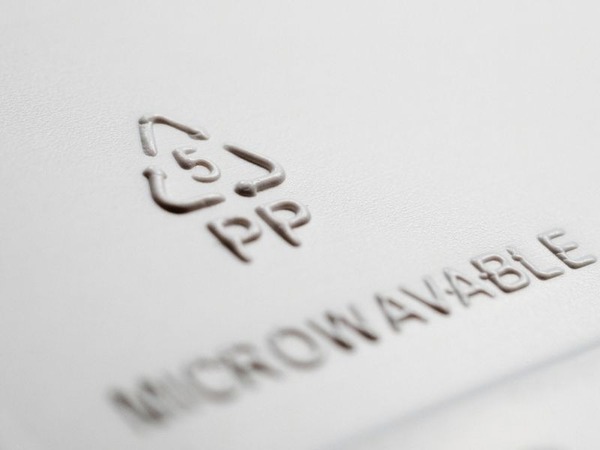
In the manufacturing of electronic and automotive components, PP plastic is widely used in the following applications:
- Heat-resistant automotive parts:PP plastic is used to produce various interior components such as heat shields, protective covers, and other parts that require high thermal resistance. These applications help prevent deformation or damage when vehicles operate under high temperatures, ensuring system stability and safety during operation.
- Electronic devices:In the electronics industry, PP is used for manufacturing computer casings, electronic device housings, and other components that must withstand heat. With its durability and ability to maintain shape under high temperatures, PP plastic not only protects internal electronic components from damage but also helps extend the product’s lifespan.
Beyond the above uses, PP plastic is also a popular material in the production of children’s toys, such as toy cars and multi-piece building sets. Toys made from PP plastic are highly durable, resistant to breakage, and completely safe for children since they are free from harmful substances. Additionally, PP’s heat resistance allows these toys to retain their shape and color even when exposed to high temperatures (such as during hot water cleaning), ensuring both safety and long-lasting quality.

Children's toys are often made from PP plastic.
Is PP plastic toxic when exposed to high temperatures?
The answer is no, it is not toxic if used correctly.PP plastic (polypropylene) is a safe, odorless material that does not contain BPA, which is why it is widely used in food packaging and medical applications.
However, if PP plastic is exposed to excessively high temperatures — especially above the recommended limit of 200ºC, or burned in an unventilated area — it may release gases that cause an unpleasant odor and could have minor health effects if inhaled over a long period.Therefore, to ensure safety, PP plastic should always be used within the allowable temperature range and not heated or burned in enclosed environments.

PP plastic is considered a safe material if used at an appropriate temperature.
Understanding how much heat PP plastic can withstand is the key for businesses to choose the right material for their products — ensuring safety, durability, and cost efficiency.If you’re looking for a high-quality and reliable source of PP plastic with dedicated technical support, don’t hesitate to contact APEX for detailed consultation and assistance!
Article Classification
Recent Articles
- What is limestone powder? Applications of limestone powder
- What is filler masterbatch resin? How is it applied?
- Top 10 types of plastics used in injection molding technology
- What are fillers? Classification and applications of plastic fillers
- What are plastic additives? 11+ common types of plastic additives
